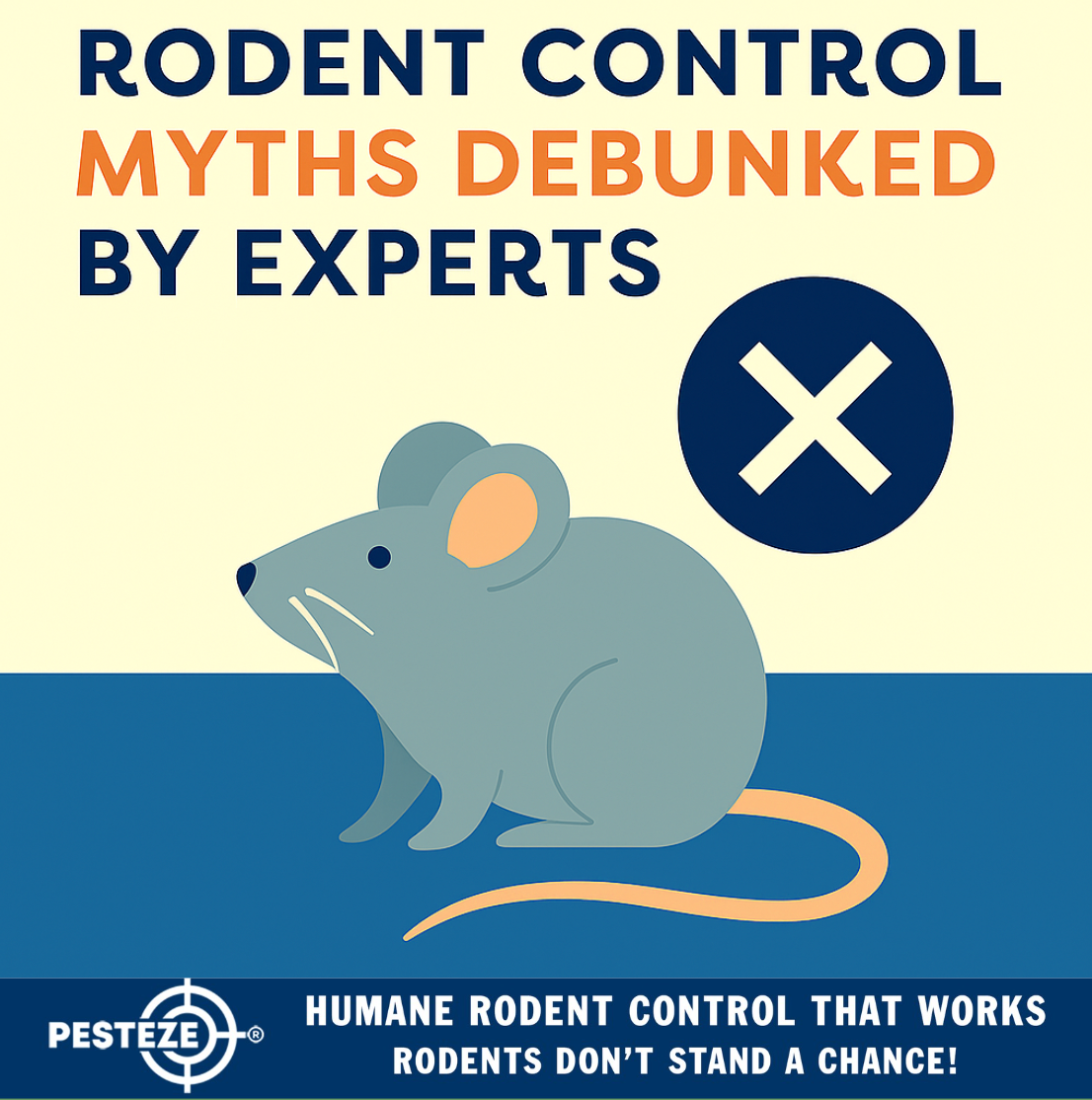RODENT CONTROL MYTHS DEBUNKED BY EXPERTS

RODENT CONTROL MYTHS DEBUNKED BY EXPERTS
SUMMARY
Many rodent control myths mislead homeowners and prevent effective pest management. This guide exposes the most common myths and reveals what experts say really works.
FEATURES
-
Myth: Cats Eliminate Rodents: Pets can help, but not solve infestations.
-
Myth: Clean Homes Are Safe: Even spotless houses attract rodents.
-
Myth: Cheese Works Best: Rodents prefer grains, seeds, or peanut butter.
-
Myth: Ultrasonic Devices Always Work: Limited effectiveness in real life.
-
Myth: One Trap Is Enough: Infestations require multiple traps.
-
Expert Advice: Prevention and integrated strategies are key.
DESCRIPTION
Rodent control is surrounded by myths that often make infestations worse. By believing false information, many homeowners delay proper action and allow rodent problems to grow. Experts agree that separating fact from fiction is essential for successful pest control.
One of the most common myths is that cats eliminate rodent problems. While cats may catch individual mice, they are not a reliable solution for infestations. Rodents often avoid cats temporarily but will return if food and shelter remain available.
Another misconception is that clean homes are rodent-proof. Although cleanliness helps reduce attractants, even spotless homes can attract rodents if entry points are unsealed. Rodents are resourceful and can invade homes in search of warmth or food crumbs too small to notice.
The cheese myth is also popular but misleading. Rodents are more attracted to foods like grains, seeds, and peanut butter, which provide stronger scents and easier handling. Relying only on cheese often reduces trap effectiveness.
Ultrasonic devices are marketed as easy solutions, but studies show mixed results. Some rodents become accustomed to the sounds, and others simply avoid the area briefly before returning. Experts recommend using these devices as part of a broader control strategy, not the sole solution.
Another myth is that one trap is enough. Rodent populations grow quickly, and infestations require multiple traps placed strategically along walls, entry points, and nesting areas. Using too few traps allows infestations to persist and spread.
Experts emphasize integrated pest management as the best solution. This includes sealing entry points, using proper food storage, cleaning regularly, and combining traps, repellents, or professional services when needed.
By debunking these myths and following expert advice, homeowners can avoid wasted effort, reduce frustration, and achieve lasting results in their rodent control efforts.
- Saharsh Bansal


Comments 0